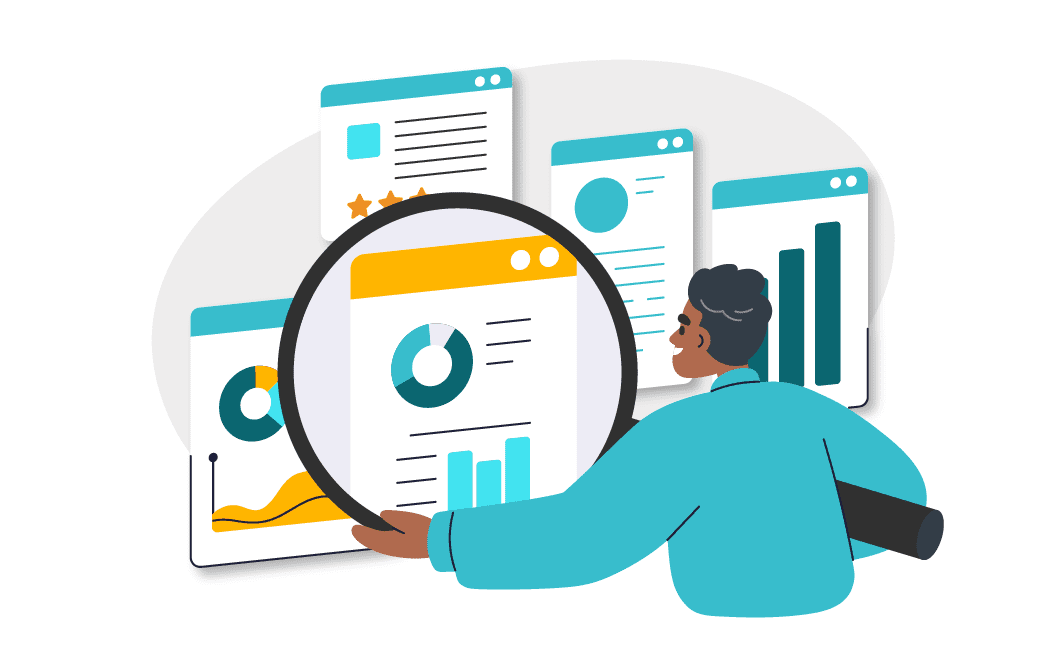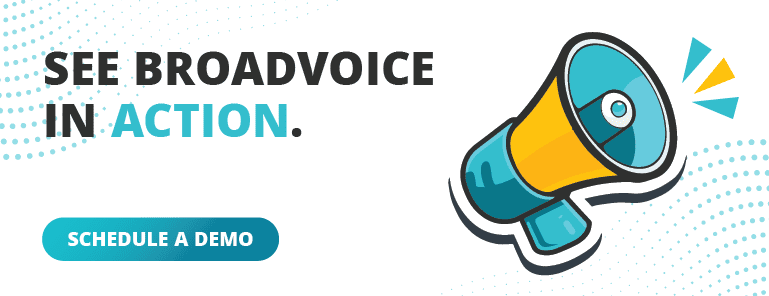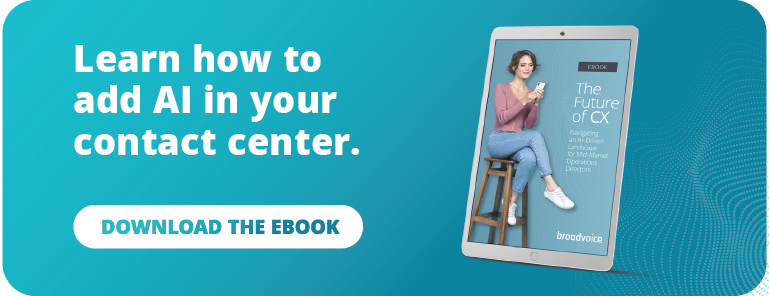The modern contact center isn’t just about answering phone calls anymore. It’s evolved into a dynamic omnichannel hub where agents handle everything from voice calls and chats to emails and social media interactions. As a contact center leader, you want to make sure your agents are efficient across all channels, not just one or two. But how can you really know what’s going on in the trenches? The answer is omnichannel analytics.
With omnichannel analytics, you’re no longer in the dark. You can see exactly how each channel is performing, where your agents are thriving, and where there’s room for improvement. By tapping into this data, you can streamline workflows, improve agent performance, and enhance the customer experience. Let’s dive into how omnichannel analytics can transform your contact center and boost agent efficiency.
Need an omnichannel solution? Check out Broadvoice.
What Are Omnichannel Analytics?
Omnichannel analytics are data-driven insights that track customer interactions across all channels in real-time—whether it’s voice, chat, email, or social media. They give you a 360-degree view of your contact center operations. By breaking down interactions into measurable data, omnichannel analytics let you track everything from response times and resolution rates to customer satisfaction (CSAT) scores across all channels.
Now, how does this impact agent efficiency? Simple: omnichannel analytics help you spot where agents are excelling and where they might need some help. For instance, if an agent consistently performs well on chat but struggles with phone calls, the data can help you understand why and take steps to adjust workflows or provide targeted training. In other words, omnichannel analytics let you optimize agent performance on an individual level and across the board.
How to Use Omnichannel Data
So, how do you actually put all this omnichannel data to work? It’s about more than just gathering the numbers—you need to use those insights to make strategic decisions. Let’s explore a few ways omnichannel analytics can help you streamline your operations and make your agents more efficient.
Spotlight Bottlenecks
One of the biggest benefits of omnichannel analytics is the ability to identify bottlenecks that are slowing down agent performance. Are your agents taking too long to respond to emails? Is chat response time dragging down your CSAT scores? By analyzing performance data across different channels, you can easily spot which areas are holding your team back.
Say, for example, the data shows your agents are faster at responding to chats than emails. So, you add smart routing based on their strengths. Maybe some agents excel at multitasking in chat, while others are more effective in voice interactions. Routing interactions based on these strengths can help reduce response times and speed up resolution, making your entire contact center more efficient.
Check out our omnichannel contact center software buyers guide
Optimize Your Agent Workflows Using Real-Time Insights
Another major perk of omnichannel analytics is the ability to track agent activity in real-time. With live dashboards, you can monitor what your agents are doing at any given moment. This lets you make quick adjustments on the fly. If you notice that a specific channel is experiencing a surge in volume—say, your chat queue is suddenly overloaded—you can reassign agents to balance the workload.
Real-time insights also help you optimize schedules. By analyzing when peak interaction times happen on different channels, you can schedule agents to be on duty when they’re needed most. This cuts idle time, ensuring that your agents are efficient, and your customers aren’t stuck in limbo.
Give Your Training Programs a Boost
When you know where your agents are struggling, you can give them targeted training that actually moves the needle. Omnichannel analytics make it easy to pinpoint areas where agents need improvement. For instance, maybe an agent consistently gets high CSAT scores on phone calls but lower scores on email interactions. By digging into the data, you can identify the root cause. Perhaps their writing skills need work, or maybe they struggle with tone in written communication.
Personalized training programs based on this data are far more effective than a one-size-fits-all approach. By using omnichannel analytics (served up with a side of AI), you can cut down on that time, delivering quicker, more impactful training that boosts agent performance and efficiency.
Automate Routine Tasks to Free Up Agent Time
Your agents are too busy to be bogged down by mundane, repetitive tasks like sending follow-up emails or answering basic queries. Omnichannel analytics can help you find these lower value, time-consuming tasks and develop a strategy for automation. For example, if you notice that a significant chunk of your agents’ time is spent answering the same types of questions, you can deploy bots to handle those inquiries.
By automating routine tasks, you free up your agents to focus on more complex customer issues that actually require a human touch. Bots can handle things like sending follow-up emails or resolving basic queries, while your agents can zero in on higher-value interactions. This not only increases efficiency but also improves job satisfaction, as agents aren’t stuck doing menial work.
Measure Agent Performance (Across Channels)
It’s cliche but painfully true: You can’t improve what you don’t measure. With omnichannel analytics, you can create unified performance scorecards for each agent, tracking their effectiveness across channels. Instead of evaluating agents based solely on phone call metrics, you can get a holistic view of their performance by considering chat, email, social media interactions, and more. This gives you a more accurate picture of their overall efficiency.
Performance data can also help you identify your top-performing agents. Once you spot the rock stars on your team, you can then analyze their workflows, communication styles, and strategies. And then you can replicate those best practices across your team. In short, omnichannel analytics help you level up your entire contact center by replicating success where it’s happening and addressing inefficiencies where they’re not.
Using Omnichannel Analytics to Drive Efficiency
The modern contact center is complex, but omnichannel analytics offer a clear path to improving agent efficiency. From identifying bottlenecks and optimizing workflows to enhancing training and automating routine tasks, omnichannel analytics provide the insights you need to make data-driven decisions. By using this powerful tool, you can streamline your operations, empower your agents, and deliver a better customer experience.
If you’re not using omnichannel analytics in your contact center, you’re missing out on a huge opportunity to improve performance. It’s time to get on board and start using data to drive real, lasting change in your contact center.












